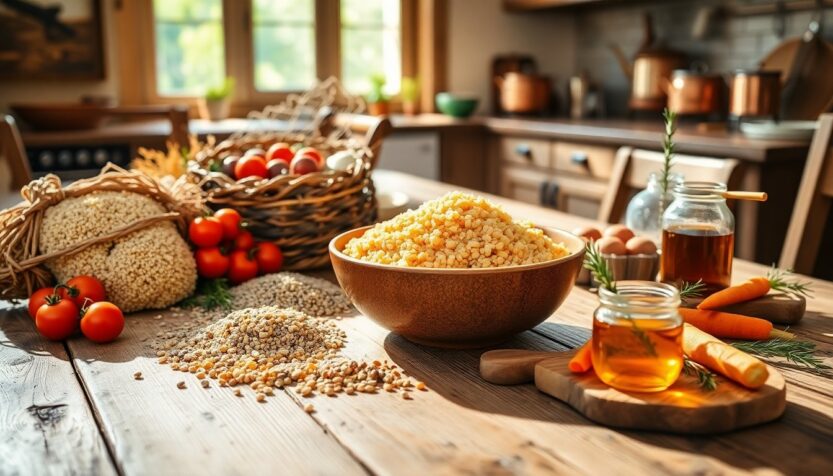Rediscovering the magic of ancient grains
As one savors the nutty aroma of a warm bowl of farro, it becomes clear that this is not just a grain, but a chapter of history that has nourished civilizations for millennia. Ancient grains, often overlooked in the fast-paced culinary landscape, are treasures deserving attention for their nutritional value and their ability to transform ordinary dishes into extraordinary experiences.
The story behind ancient grains
Ancient grains such as spelt, quinoa, and amaranth have been cultivated for thousands of years, often in the regions where they first sprouted. Each grain carries a rich narrative reflecting the land and the people who have harvested it. For instance, quinoa, revered by the Incas as the ‘mother grain,’ has been a staple in the Andean diet for centuries, valued for its high protein content and versatility in cooking.
Understanding ancient grains technically
What distinguishes ancient grains is their nutritional profile. Unlike many modern grains, they are often rich in fiber, vitamins, and minerals. They also offer a broader spectrum of flavors, from the earthy tones of kamut to the sweet, nutty notes of teff. Cooking with ancient grains requires some knowledge; for instance, soaking them before cooking can enhance digestibility and reduce cooking time.
Connection with territory and tradition
These grains are not merely ingredients; they are a testament to sustainable farming practices and biodiversity. By choosing to cook with ancient grains, one supports local farmers and traditional agricultural methods that respect the terroir of their origins. This connection to the land fosters a more sustainable food system that honors the environment.
An invitation to experience ancient grains
When planning a meal, consider incorporating ancient grains. Imagine a warm farro salad topped with roasted vegetables and a zesty dressing, or a comforting bowl of quinoa and black bean chili that warms the soul. The palate never lies; these grains invite a flavorful journey through time and tradition.






